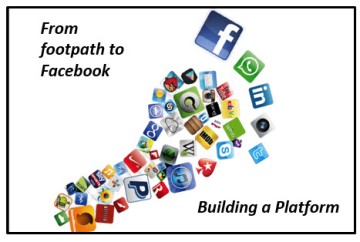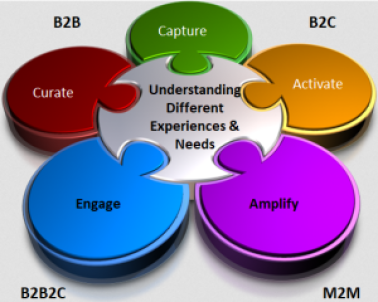 It had to come to this eventually. The emergence of Blockchain and distributed ledger systems illustrates how innovation is moving from focus on products and services, which are interesting but don’t provide a long-lasting competitive advantage, to a focus on platforms and ecosystems.
It had to come to this eventually. The emergence of Blockchain and distributed ledger systems illustrates how innovation is moving from focus on products and services, which are interesting but don’t provide a long-lasting competitive advantage, to a focus on platforms and ecosystems.
Over the last few weeks this need for a lasting competitive shift in focus was emphasized as Ford pushed out its CEO because he wasn’t changing the company fast enough. As discussed in this blog previously, the automotive sector must rethink its competitive position. Increasingly, people want flexible transportation – from cabs, Uber, public transportation and/or their cars.
The automotive manufacturers (Ford, GM, Fiat, Mercedes, etc) must shift their focus from building physical cars to providing transportation – a shift in thinking and strategy.
In a very similar manner we can see that banking and financial services are moving from offering discrete services (mortgages, loans, checking/savings accounts, etc) and are considering how to either own or integrate with larger platforms and ecosystems, because the older conventions are less attractive to emerging customers and technology is advancing so quickly that soon many different companies and industries can offer banking-like services.
Distributed ledgers and Blockchain may point out a new competitive platform that some firm is going to capitalize on. For example, we can imagine a time in the not too distant future where a large company that supports and relies on an extended supply chain – the automotive industry for example – could dictate that all of its supply chain participants must interact using Blockchain. Then we’d have a company spanning, industry wide ERP like platform. If this sounds crazy, don’t laugh. The government of Dubai just announced that within five years every entity that interacts with the government must do so using Blockchain.
Read more
 I’ve been interested in what constitutes a “platform” and how platforms spawn and nurture ecosystems for quite some time. We’ve been exploring these ideas in this blog over the last few months.
I’ve been interested in what constitutes a “platform” and how platforms spawn and nurture ecosystems for quite some time. We’ve been exploring these ideas in this blog over the last few months. I have put some focus back on the platforms recently, as this is becoming a real imperative to understand the whole meaning and implications of platforms, with the necessary management they require, so as to enable us to rethink different business models for the future.
I have put some focus back on the platforms recently, as this is becoming a real imperative to understand the whole meaning and implications of platforms, with the necessary management they require, so as to enable us to rethink different business models for the future. Many innovators are familiar with the concept of the
Many innovators are familiar with the concept of the  There are significant differences between the ecosystems we might consider. Let’s reflect a little here, some recap and explore some further thoughts.
There are significant differences between the ecosystems we might consider. Let’s reflect a little here, some recap and explore some further thoughts.

 It had to come to this eventually. The emergence of Blockchain and distributed ledger systems illustrates how innovation is moving from focus on products and services, which are interesting but don’t provide a long-lasting competitive advantage, to a focus on platforms and ecosystems.
It had to come to this eventually. The emergence of Blockchain and distributed ledger systems illustrates how innovation is moving from focus on products and services, which are interesting but don’t provide a long-lasting competitive advantage, to a focus on platforms and ecosystems. Our experiences determine to a large degree, success or failure. When you are reliant on others to collaborate and exchange knowledge, for the better good, you need to make sure there is a consistent validation process.
Our experiences determine to a large degree, success or failure. When you are reliant on others to collaborate and exchange knowledge, for the better good, you need to make sure there is a consistent validation process. Jeffrey wrote a recent post “
Jeffrey wrote a recent post “